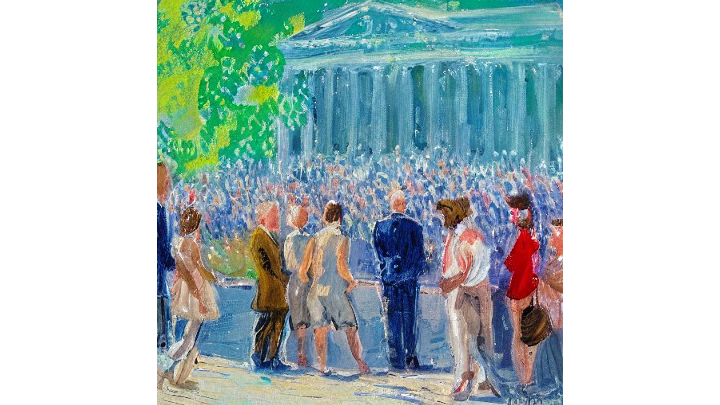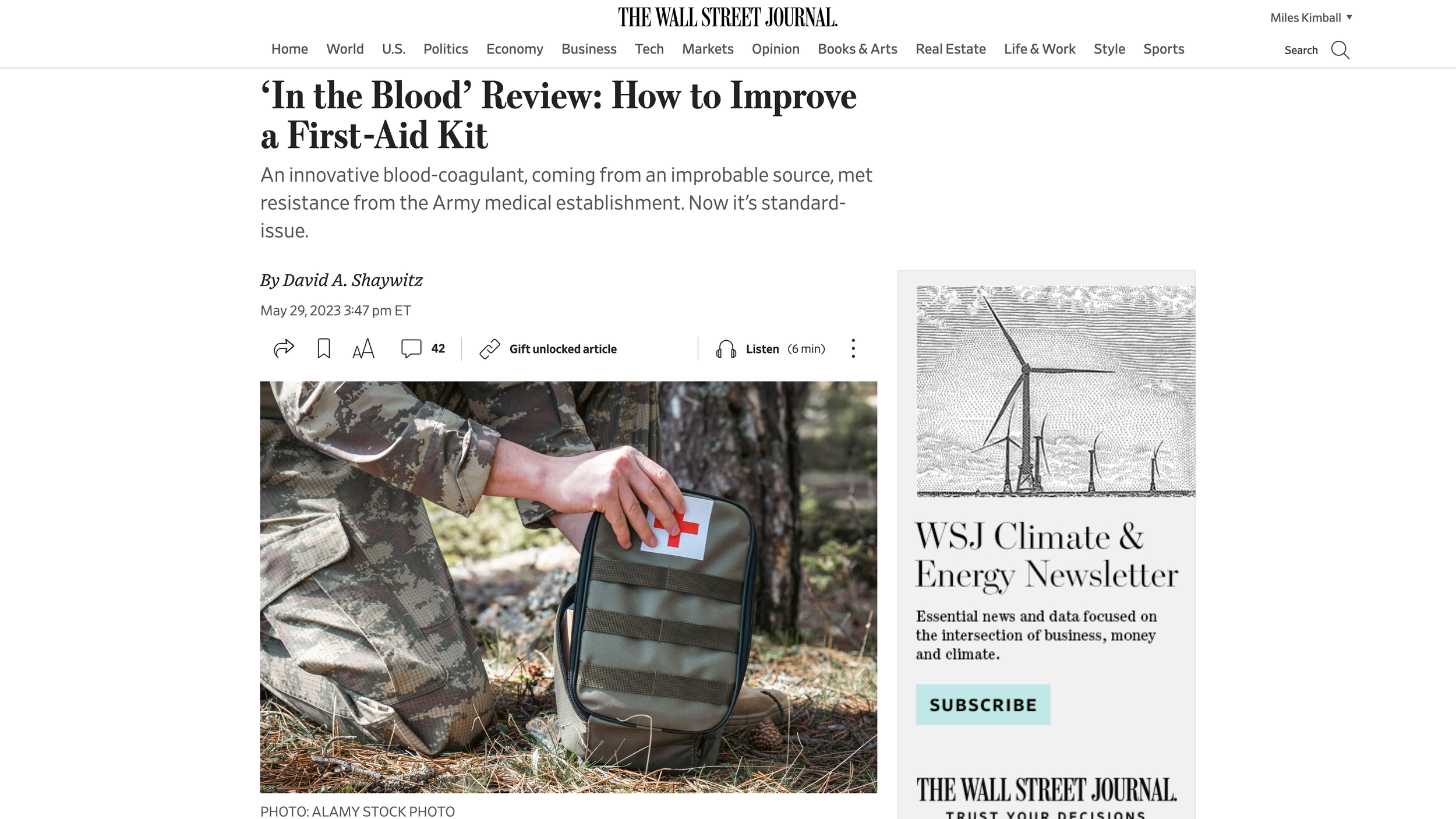Several recent US Supreme Court decisions have been interesting enough that I have read the full set of opinions for them. Biden v. Nebraska is one of them. I especially liked Amy Coney Barrett’s discussion of the “major questions doctrine” as simply a contextual interpretive principle rather than as a “substantive canon,” which she defines this way: “Substantive canons are rules of construction that advance values external to a statute.” Amy Coney Barrett is not comfortable with substantive canons, writing (with citations, footnotes, internal quotation marks and internal brackets omitted):
While many strong-form canons have a long historical pedigree, they are in significant tension with textualism insofar as they instruct a court to adopt something other than the statute’s most natural meaning. The usual textualist enterprise involves hearing the words as they would sound in the mind of a skilled, objectively reasonable user of words. But a strong-form canon loads the dice for or against a particular result in order to serve a value that the judiciary has chosen to specially protect. Even if the judiciary’s adoption of such canons can be reconciled with the Constitution, it is undeniable that they pose a lot of trouble for the honest textualist.
So what is the major questions doctrine if not a substantive canon? After discussing examples of statutory interpretation, Amy Coney Barrett writes:
Why is any of this relevant to the major questions doctrine? Because context is also relevant to interpreting the scope of a delegation. Think about agency law, which is all about delegations.
Intriguingly, Amy Coney Barrett rejects the idea that the major questions doctrine reflects bedrock “non-delegation principle” constitutional limits, saying instead it merely an interpretive principle given constitutional context:
Crucially, treating the Constitution’s structure as part of the context in which a delegation occurs is not the same as using a clear-statement rule to overenforce Article I’s non-delegation principle (which, again, is the rationale behind the substantive-canon view of the major questions doctrine). My point is simply that in a system of separated powers, a reasonably informed interpreter would expect Congress to legislate on “important subjects” while delegating away only “the details.” Wayman v. Southard, 10 Wheat. 1, 43 (1825). That is different from a normative rule that discourages Congress from empowering agencies. To see what I mean, return to the ambitious babysitter. Our expectation of clearer authorization for the amusement- park trip is not about discouraging the parent from giving significant leeway to the babysitter or forcing the parent to think hard before doing so. Instead, it reflects the intuition that the parent is in charge and sets the terms for the babysitter—so if a judgment is significant, we expect the parent to make it. If, by contrast, one parent left the children with the other parent for the weekend, we would view the same trip differently because the parents share authority over the children. In short, the balance of power between those in a relationship inevitably frames our understanding of their communications. And when it comes to the Nation’s policy, the Constitution gives Congress the reins—a point of context that no reasonable interpreter could ignore.
Thinking in terms of these issues of interpretation, I think that cancelling $10,000 of debt per person as the pandemic was coming to a close was beyond what Congress authorized, but the pause in payments during the pandemic was in line with what Congress authorized in an emergency. I hope that the Supreme Court decides as much if the pause in payments is litigated. We are sorely in need of an indication from the Supreme Court of how far the limitation on federal agency powers goes. Having the Supreme Court say the pause in payments was within the scope of the delegated powers but cancelling $10,000 of debt person as the pandemic was coming to a close would begin to reduce legal uncertainty about the major questions doctrine—legal uncertainty which at this point is severe.
Of course, in that interpretation, it is hard for me to be totally uninfluenced by my view, along with the majority of Americans, that the student debt forgiveness plan of the Biden administration was unfair. (See “Is Student Debt Forgiveness Fair.”)
In the dissent, what I found most persuasive was the argument that the litigants did not have standing to sue. The directly injured party, as determined by the Supreme Court majority, was MOHELA, which was a nonprofit government corporation in Missouri. Those in charge of MOHELA did not want to take any part in this litigation.
Although the US Constitution does limit the scope of courts to actual cases and controversies, the details of “standing” rules are really rules that the Supreme Court imposes on itself and on lower courts. Over the long haul, the Supreme Court has the right expertise to decide on what standing rules it should have. It can overrule precedent on standing rules if it so chooses.
That said, saying that an injury to MOHELA was an injury to Missouri seemed like a fig leaf to me: the Supreme Court majority knew that there was a crucial delegation of powers issue to be addressed and were determined to make a finding of standing so that they could address it. I agree with their determination to make a finding of standing somehow, but not with the fig leaf.
A more honest approach, which might be totally without precedent, or even against precedent, would be to argue that a major violation of the US Constitutional structure was an injury to states of the union that ratified the US Constitution or in their inception lose powers to the federal government on the expectation that constitutional rules will be followed.
To me, states of the union seem like the right entities to endow with standing to raise major constitutional questions. Someone should have standing to question the constitutionality of major Executive Branch actions. (It is not always possible to get a resolution by an entire house of Congress to raise such questions.) To make it easier for the Supreme Court to take this approach, let me propose a constitutional amendment giving states of the union standing to raise “major” constitutional questions. In the course of the adoption of such an amendment, the connection to the early-21st-century “major questions doctrine” should be made clear to aid in interpretation. However, it should also be made clear that major constitutional questions should include issues that do not involve the administrative state.
The evolution of the major questions doctrine is something I follow very closely because I am worried that some directions it could take might clip the wings of the Fed in a way that would land us in either hyperinflation or in a repeat of the Great Recession. I believe that Congress knowingly delegated enormous powers to the Fed, believing that it is good to have an independent central bank (though this belief was not always expressed as valuing “central bank independence”). Appropriate and inappropriate criticisms of Fed actions by members of Congress should not obscure the legitimacy of that delegation.
Actually, I am much less worried about the Fed ever actually losing a case about core monetary policy actions than about a repeat of the Great Recession from the Fed imposing limits on itself, out of legal uncertainty about what they are allowed to do. The more quickly the Supreme Court can reduce legal uncertainty about the scope of agency powers in the new era of the “major questions doctrine,” the better.
For the Fed, the key question is whether an agency can use tools clearly granted it by Congress to do something in pursuance of the mandate given it by Congress in a way that is dramatically new and unprecedented, called for by either a new kind of emergency or by the advance of economic science in relation to monetary policy. It would be a bad idea for the Supreme Court to make novelty itself suspect. The Fed has been doing gigantic things for over a century—a century that encompassed great advances in macroeconomics, and therefore dramatic changes in how the Fed does its job. Should all progress in monetary policy from here on be stopped during periods of a divided or deadlocked Legislative Branch? Or can old tools Congress has clearly authorized be used in dramatically new ways to accomplish Congress’s order to set the economy to rights as much as possible with those tools?

